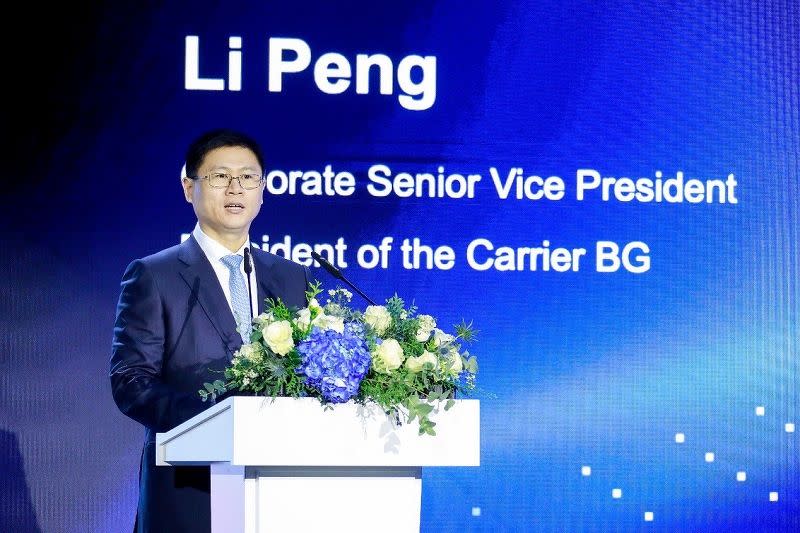5G crucial to accelerate growth of Southeast Asia’s digital economy

Here's how Huawei is helping telcos transform networks into service enablement platforms and monetise better customer experience.
Southeast Asia is expected to experience the fastest digital economy growth over the next 10 years, according to reports.
Networks – or 5G in particular – will be key to that becoming a reality as it will be the crucial backbone to the development and adoption of transformative technologies such as artificial intelligence (AI), cloud and edge computing.
Case in point: GSMA Intelligence research found that over a long period in the past, on average, a 10% increase in mobile adoption increased GDP by 1%. The economic benefits increased by approximately 15% when connections were upgraded from one mobile network technology to a more advance one (e.g., 2G to 3G, and 3G to 4G). This indicates how networks' intergenerational evolution from 4G to 5G and beyond will be a pivotal contributor to GDP growth.
Role of telcos
“Today, we are at the doors of a new change of era driven by the intersection of telco computing, AI and Web 3.0 – [all of which requires] connectivity,” says Jose Maria Alvarez-Pallete, chairman and CEO of Telefonica Group during the opening keynote of the Mobile World Congress (MWC) yesterday in Barcelona.
He adds that while today's connectivity is defined by speed, security and mobility, tomorrow's connectivity will also be defined by processing capabilities, capacity, reliability, and customisation.
“[This calls for telcos to] reimagine themselves and transform a really complex system into a real-time, massive enabler. And we’re going to put a brain on top of it… to [enable the system to be] agile and intelligent,” he says.
He continues: “But this is not all. We are going to open this 'newborn supercomputer’ as an innovation platform in an extremely simple way. Through standard APIs, we will create another standard just as we did 37 years ago with the GSM (global systems for mobile communications). This is no longer a telecom network. It is a massively decentralised and distributed supercomputer….that is available to everyone in every house, every street, every village, and every corner of the earth,” he claims.
Supporting telcos’ transformation

Li Peng, Huawei's Carrier BG president, at Huawei's MWC Barcelona 2023 Day 0 Forum. Photo: Huawei
Recognising this, Huawei is helping telcos improve their network capabilities to deliver better services to consumers and enterprise customers.
For instance, it helped one Chinese carrier to combine connectivity with cloud, AI, security, and platform services to expand into new markets and grow its revenue from industrial digitalisation by over 20% in 2022, shares Li Peng, Huawei's Carrier BG president, at Huawei's MWC Barcelona 2023 Day 0 Forum.
He also announced that Huawei has joined the CAMARA project led by the GSM Association (GSMA). The project aims to help carriers transform networks into service enablement platforms and monetise better customer experience.
As more things from the physical world get connected to become intelligent, it will be crucial for the supporting networks to evolve from the ubiquitous Gbps to ubiquitous 10Gbps. Connectivity and sensing will also need to be integrated, and the ICT industry will have to shift its focus from energy consumption to energy efficiency, claims Li.
He adds: “Huawei is ready to work with its industry partners to deliver a ubiquitous 10Gbps experience with innovative wireless, optical, and IP technologies; explore use cases like vehicle-road collaboration and environment monitoring to integrate sensing and communication; and build a unified energy efficiency indicator system to drive green industry development.”
To help telcos transform sustainably, Huawei has launched the Huawei Green 1-2-3 solution. Peng Song, the company’s president of ICT Strategy and Marketing, explains that “1” refers to one index for green network construction, “2” refers to the focus on two scenarios that are high energy efficiency and ultra-low energy consumption, and “3” refers to a systematic three-layer solution that covers sites, networks and operations.
See Also:
Click here to stay updated with the Latest Business & Investment News in Singapore
SUTD partners with Keysight to accelerate Open RAN adoption and 6G R&D
How post-pandemic digitalisation has led to the rise of SD-WAN
Placing the right bets to go on the offensive in the digital era
Get in-depth insights from our expert contributors, and dive into financial and economic trends

 Yahoo Finance
Yahoo Finance 